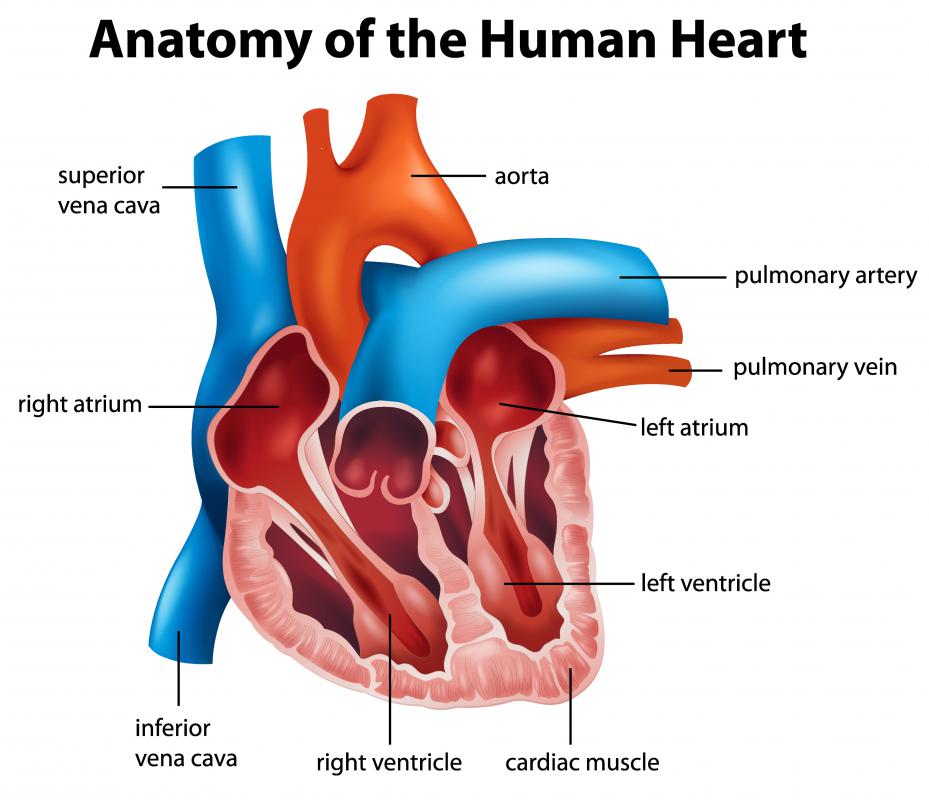At WiseGEEK, we're committed to delivering accurate, trustworthy information. Our expert-authored content is rigorously fact-checked and sourced from credible authorities. Discover how we uphold the highest standards in providing you with reliable knowledge.
What Is the Life Expectancy for People with Marfan Syndrome?
People with Marfan syndrome are at an unfortunate disadvantage in terms of health. This genetically inherited disease causes a number of problems, mostly with connective tissue, that in turn can affect life expectancies. Life expectancies for people with Marfan syndrome are currently in the early 70s. This is a significant increase even in relation to the increase of normal life expectancy, as about 30 years ago, the life expectancy for those suffering from this disorder was under 50 years of age.
Women with Marfan syndrome tend to live longer than men who also suffer from the same disease. Like most other conditions, the severity of the disease tends to vary from case to case. There are many potential symptoms associated with this disease. It is not likely that a person will exhibit all possible symptoms, but they will probably endure some. This disease was first described in the late 19th century by French pediatrician Antoine Marfan, hence the name Marfan syndrome.

Connective tissue is a very important material in the body, which is responsible for keeping many structures stable and bodily systems running normally. People with Marfan syndrome are predisposed to disorders of the connective tissue, so it's easy to see why their life expectancies may be decreased. Some of the typical symptoms associated with this disease are decreased functionality of lung tissue and blood vessels, including the aorta, which is the body's largest vessel.

There may also be functional decreases in bodily tissues like the skin, the eyes, and the lining of the spinal cord. Ailments of the skin can range from aesthetic to life threatening, and eye problems can cause the formation of cataracts and other issues. The lining of the spinal cord and other nervous structures aids with the transmission of neural impulses; therefore, the deterioration of such lining can affect the nervous system in many ways.

With the potential for so many many problems, one can understand how people with Marfan syndrome are at a distinct disadvantage in regards to their health. Thankfully, there are many determined people in the medical field helping manage these symptoms, so those with Marfan syndrome can live relatively normal lives. There are equally determined sufferers refusing to let an uncontrollable circumstance affect their ambition. One example is former President of the United States Abraham Lincoln, who is theorized to be among the people with Marfan syndrome.
AS FEATURED ON:
AS FEATURED ON:














Discuss this Article
Post your comments